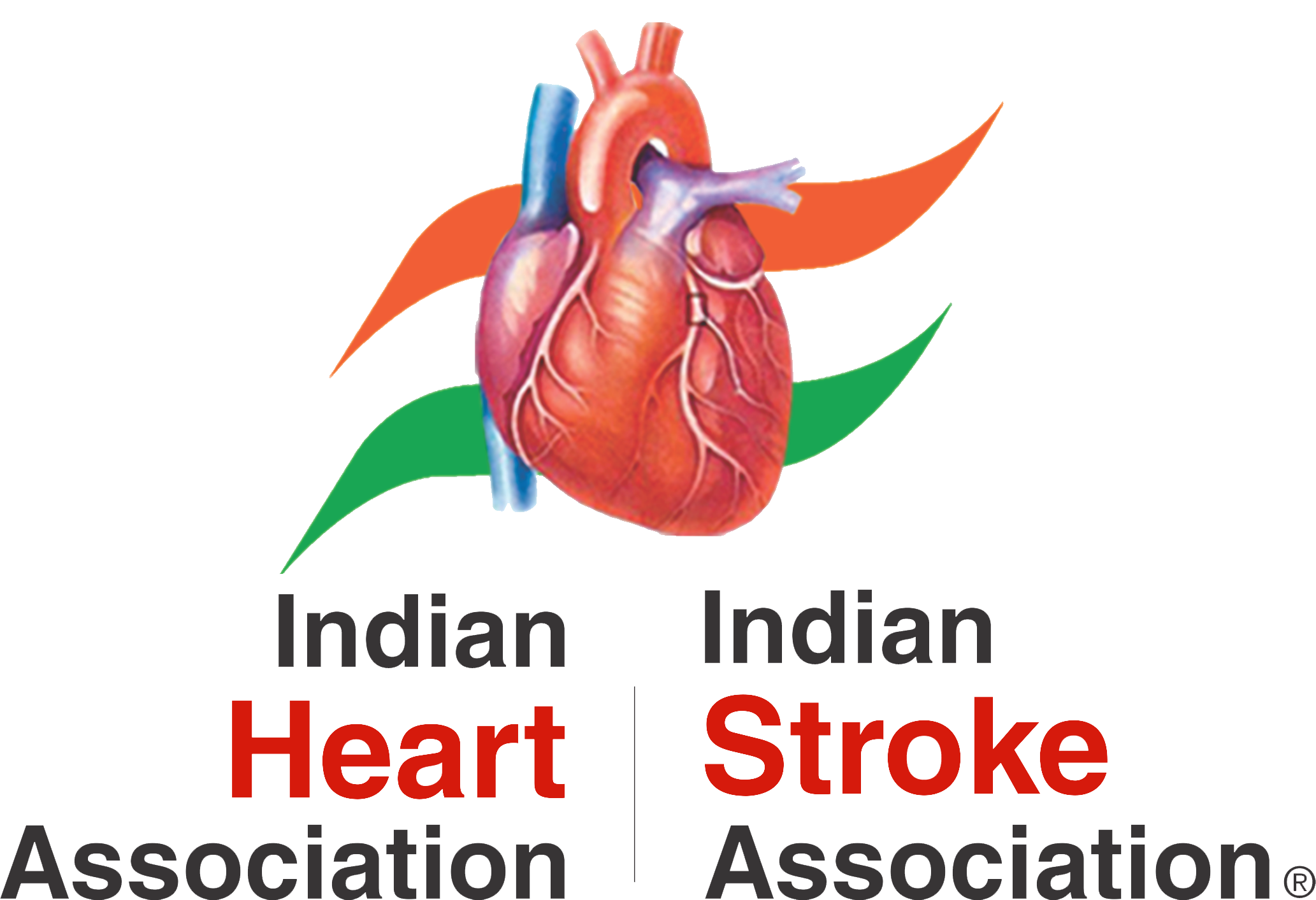Three special risk factors that are not commonly talked about: Lipoprotein (a), Homocysteine, and C-reactive protein account for 40% of South Asian’s risk factors for cardiovascular disease! By learning from the Indian Heart Association about these risk factors, you will be protecting yourself and your loved ones from heart disease and stroke.
Lipoprotein(a) the unrecognized bad cholesterol:
Lipoprotein(a) is the most dangerous type of bad (LDL) cholesterol and can increase our risk for heart disease and stroke up to 100-fold. One in two South Asians have excess levels of this cholesterol. The level is largely determined genetically, although certain lifestyle modifications can decrease the level.
Those who inherit this harmful gene have nearly identical risk to their relative who had the gene. For example, let us take the case of a 40 year old woman who has elevated lipoprotein(a) levels without other risk factors and whose parents do not have elevated levels. If the woman’s uncle or other relative has increased lipoprotein(a) levels and suffered from premature heart disease, then the woman is at similarly high risk despite lacking other risk factors.
Ingestion of trans fats increases lipoprotein(a) levels. By avoiding rehydrogenated oils (often found in baked goods such as cake and donuts) as well as processed foods, we can prevent any further increase. A diet with almond supplementation can also lower levels as can prescription Niacin.
Get screened for lipoprotein(a)! Most standard cholesterol panels do not include this, however speak to your doctor about adding this on. Indians with a level of 20 mg/dL or higher are at high risk.
Homocysteine, a result of poor nutrition and lifestyle:
Homocysteine is an amino acid produced by the body from the breakdown of another amino acid, methionine. A high level of homocysteine is associated with an increased risk for heart attack and stroke, with a magnified risk for those who smoke cigarettes. Nearly half of those people with very high homocysteine levels develop a heart attack or stroke or leg amputation before age 30 if untreated. Smokers and those who drink excess alcohol are at high risk for elevated homocysteine levels.
Nutritional factors in particular are important to decrease homocysteine levels, particularly adequate intake of folic acid (found in green leafy vegetables), vitamin B12 (found in eggs, dairy products, and meat), and vitamin B6. Speak to your physician about daily multivitamin supplementation to correct any dietary deficiencies
C-reactive protein (CRP), a silent marker for inflammation:
Cardiovascular disease is now recognized as a disease of chronic inflammation. C-reactive protein (CRP) is a marker for inflammation and is a predictor for risk for heart attack, stroke, and diabetes. Important risk factors for elevated CRP include obesity (particularly abdominal obesity in South Asians!), as well as smoking, hypertension (high BP), and excessive coffee consumption. South Asians are twice as likely to have elevated CRP levels primarily due to abdominal obesity and lack of physical activity.
In South Asians, abdominal obesity is categorized as greater than 32 inches waist circumference for women and 36 inches waist circumference for men. This is lower than any racial group whose definition for abdominal obesity is 36 inches for women and 40 inches for men.
Moderate physical activity 30 minutes a day, 5 days a week (even walking) can decrease CRP by more than 50%. If exercise does not decrease levels, statin and aspirin therapy can be helpful. Speak to your physician today!
Further Reading
British Medical Journal on homocysteine: http://www.bmj.com/rapid-response/2011/10/30/chd-south-asians-its-homocysteine-micro-nutrients-stupid
CADI Resarch Foundation on lipoprotein(a): http://www.cadiresearch.org/topic/lipoproteina
Mayo Clinic blood tests for heart disease: http://www.mayoclinic.org/diseases-conditions/heart-disease/in-depth/heart-disease/art-20049357
